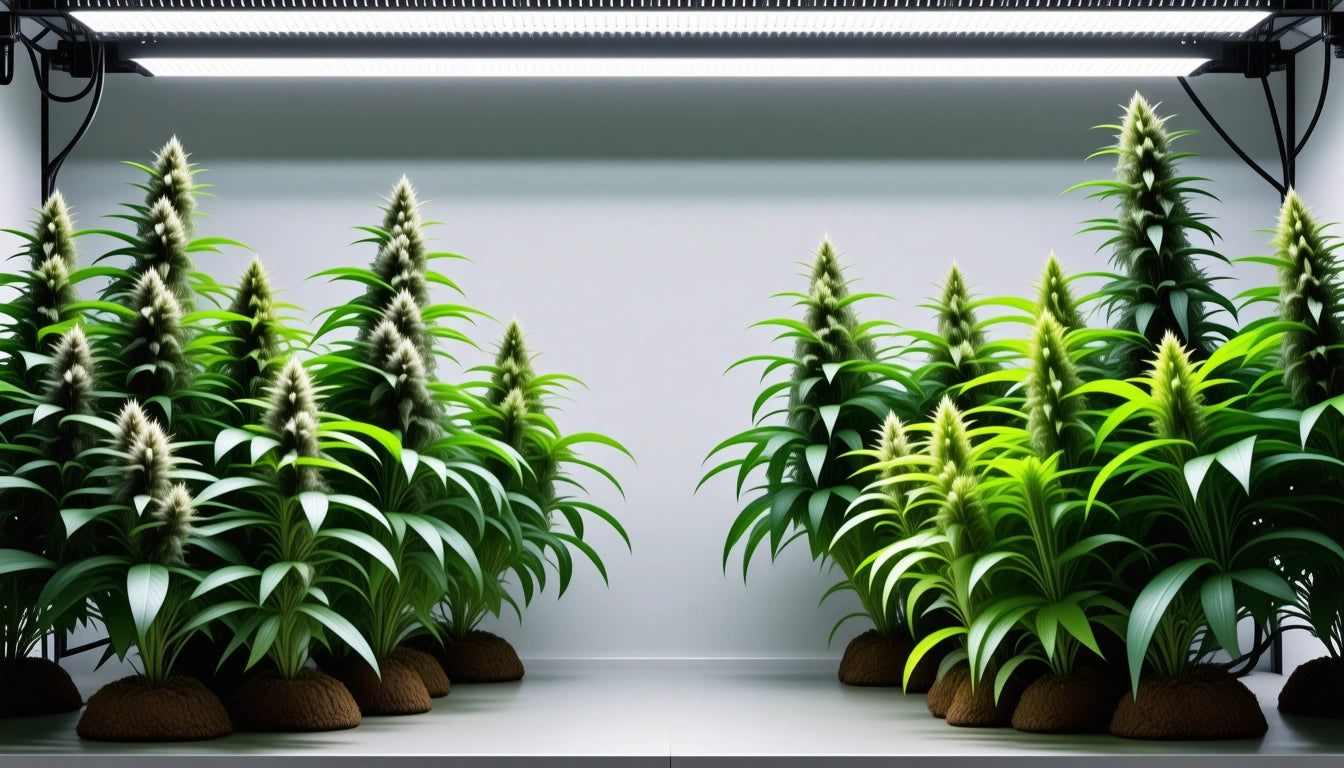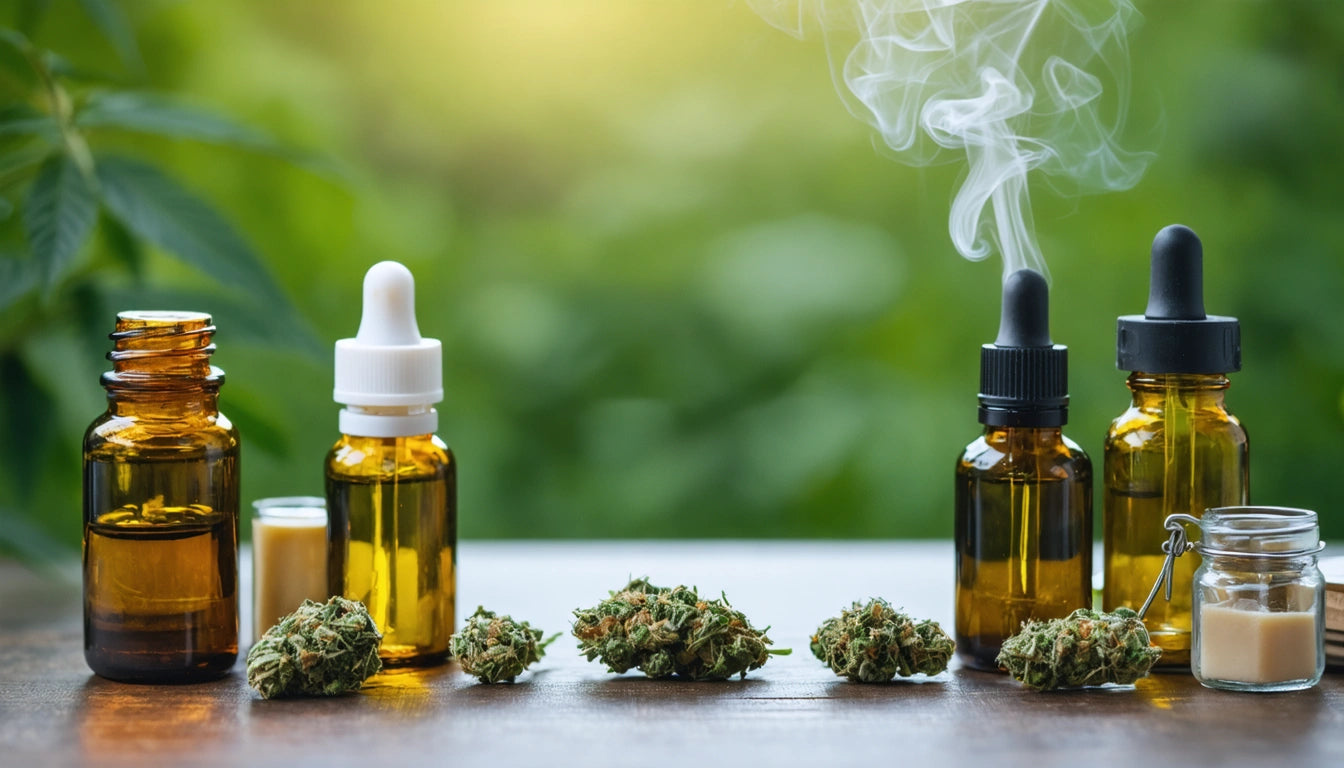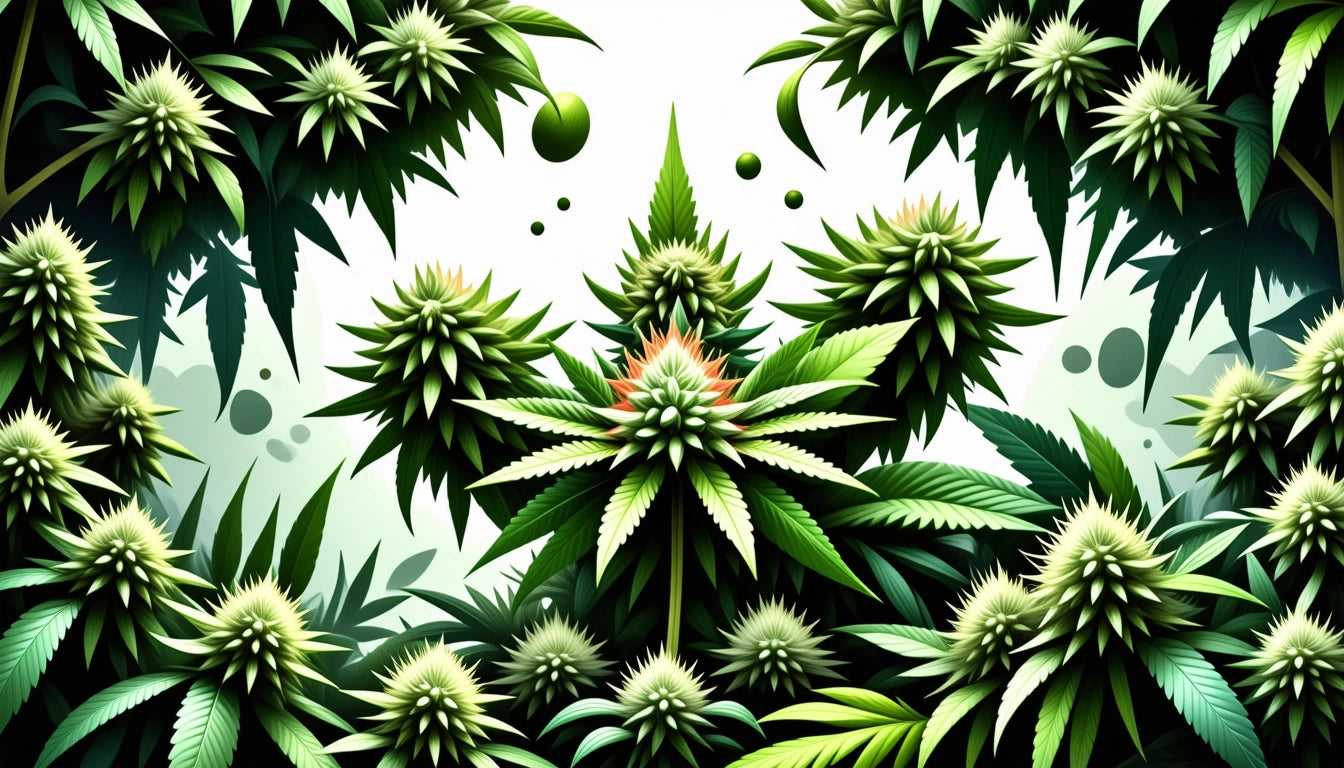Table of Contents
Optimizing Light Cycles for Autoflowers: Best Schedules for Veg and Flowering Stages
Autoflowering cannabis varieties have revolutionized home cultivation with their simplified growing process and faster time to harvest. Unlike photoperiod strains, autoflowers transition to flowering based on age rather than light cycle changes. However, finding the best light cycle for autoflowers remains crucial for maximizing yields, potency, and overall plant health.
Understanding Autoflower Light Requirements
Autoflowering cannabis contains genetics from Cannabis ruderalis, a subspecies that evolved in northern regions with short growing seasons and limited light. This adaptation allows autoflowers to begin flowering automatically regardless of light schedule, typically 3-4 weeks after germination as outlined in the autoflower maturation timeline.
While autoflowers don't require light cycle changes to trigger flowering, they still benefit significantly from optimized lighting schedules. The right balance maximizes photosynthesis while allowing sufficient darkness for plant recovery and metabolic processes.
Optimal Light Cycles for Autoflowers
When determining the best light schedule for autoflowers, growers typically choose between three common approaches:
- 18/6 schedule (18 hours light, 6 hours darkness)
- 20/4 schedule (20 hours light, 4 hours darkness)
- 24/0 schedule (continuous light)
Each schedule offers unique benefits and potential drawbacks. According to research on optimizing autoflower growth, the ideal schedule often depends on specific growing conditions, strain genetics, and cultivator goals.
Best Light Cycle for Veg Stage
During the vegetative stage, autoflowers focus on developing strong root systems and vegetative growth. The best light cycle for veg stage typically provides more light to fuel rapid growth.
20/4 Light Schedule Benefits
Many experienced growers recommend a 20/4 schedule during the first 3-4 weeks. This provides:
- Maximum photosynthesis for vegetative growth
- Sufficient darkness for plant recovery
- Balanced energy efficiency
The 20/4 schedule strikes an optimal balance between growth rate and energy consumption. Plants receive ample light for photosynthesis while still benefiting from a brief dark period that supports healthy development.
24/0 Considerations
Some growers advocate for 24/0 lighting during early growth stages, particularly for smaller autoflower varieties or in cooler growing environments. While this maximizes growth potential, it increases energy consumption and may stress certain strains.
Best Light Cycle for Flowering Stage
As autoflowers transition to flowering, their light requirements shift. The best light cycle for flowering stage balances continued growth with the specific needs of flower development.
18/6 Schedule for Flowering
Many cultivators transition to an 18/6 schedule once flowering begins. This approach:
- Provides sufficient light for bud development
- Allows longer dark periods for terpene production
- Reduces energy consumption
- Helps manage heat in grow spaces
According to best practices for maximizing autoflower yields, the 18/6 schedule often produces the best balance of quantity and quality in the final harvest.
Maintaining Consistent Schedules
While some growers maintain the same light cycle throughout the entire grow, others adjust based on growth stage. If choosing to adjust, transitions should be gradual to minimize stress. Sudden changes can reduce yields and potentially trigger hermaphroditic traits in some genetics.
Light Intensity and Spectrum Considerations
Beyond cycle duration, light quality significantly impacts autoflower development. Selecting appropriate grow lights is crucial for success.
Spectrum Requirements by Growth Stage
During vegetative growth, blue-dominant light (5000-6500K) promotes compact, bushy growth. As flowering begins, increasing red spectrum light (2700-3500K) supports bud development. Full-spectrum LED lights offer the versatility to support both stages effectively, as detailed in this guide to LED grow lights.
PPFD and Light Intensity
Autoflowers generally thrive with PPFD (Photosynthetic Photon Flux Density) values of:
- Seedling stage: 200-300 μmol/m ²/s
- Vegetative stage: 400-600 μmol/m ²/s
- Flowering stage: 600-900 μmol/m ²/s
Proper light intensity prevents stretching while avoiding light stress. Adjustable fixtures or dimmable LEDs provide flexibility throughout the growth cycle.
Optimizing Your Grow Space
Effective light management extends beyond schedules to include grow space design. Reflective walls maximize light efficiency, while proper ventilation prevents heat buildup from lighting systems. When designing your grow space, consider safety features similar to those used in regulated industries to prevent unauthorized access, particularly if growing in homes with children.
Proper spacing between plants also ensures light penetration to lower growth. As noted in this guide on cultivation transitions, even light distribution prevents plants from competing and developing uneven canopies.
Key Takeaways for Maximizing Autoflower Potential
While autoflowers offer flexibility in light scheduling, optimizing your approach can significantly impact results. For most growers, an 18/6 or 20/4 schedule throughout the lifecycle provides the best balance of growth, quality, and energy efficiency.
Remember that genetics play a crucial role in determining outcomes. As explained in this comparison of autoflowering and photoperiod plants, selecting quality autoflower genetics is the foundation of successful cultivation.
Monitoring plant response to your chosen light cycle allows for adjustments based on specific strain needs. By combining optimal lighting with proper nutrition, appropriate container sizing, and careful environmental control, you'll maximize the potential of your autoflowering cannabis plants.











Leave a comment
All comments are moderated before being published.
This site is protected by hCaptcha and the hCaptcha Privacy Policy and Terms of Service apply.